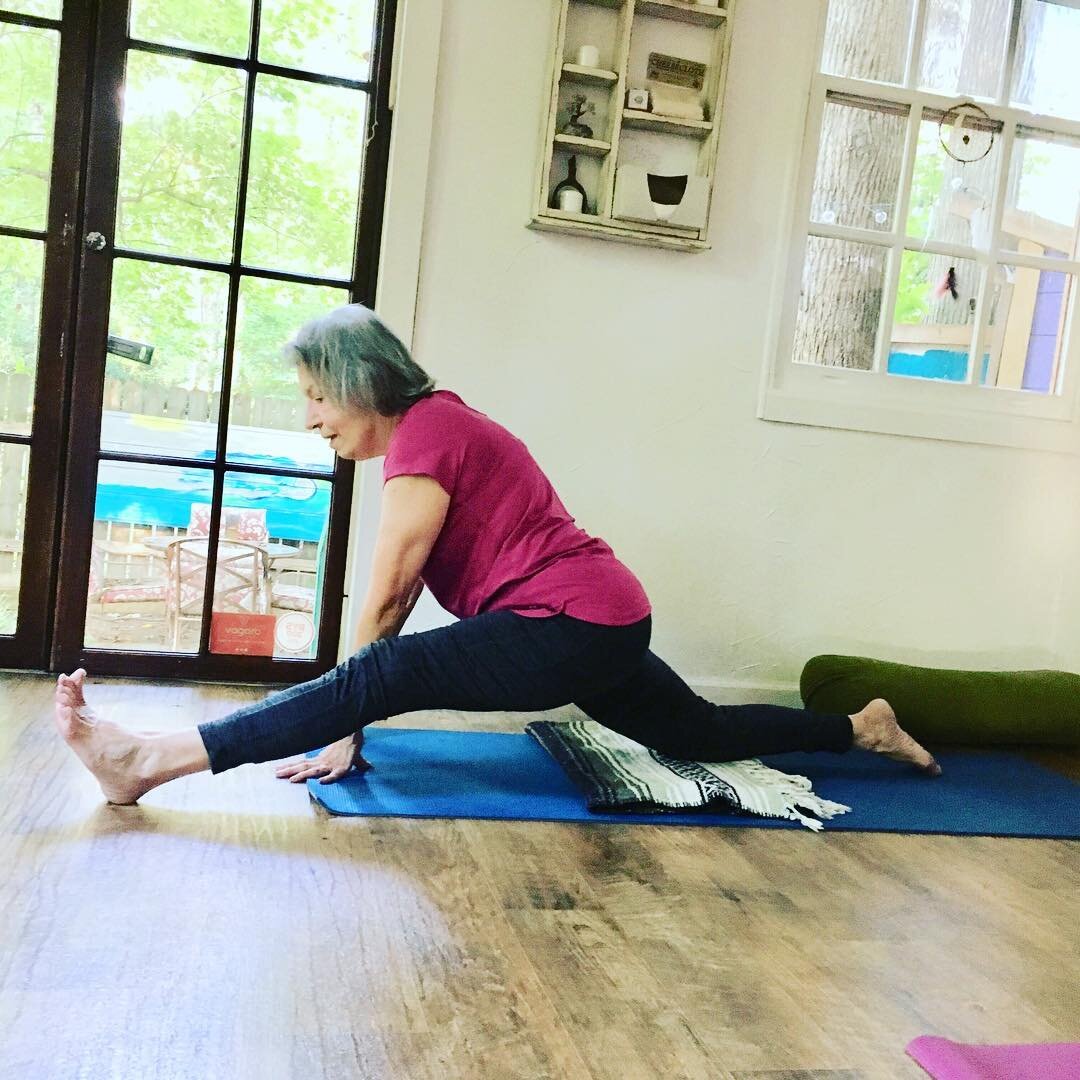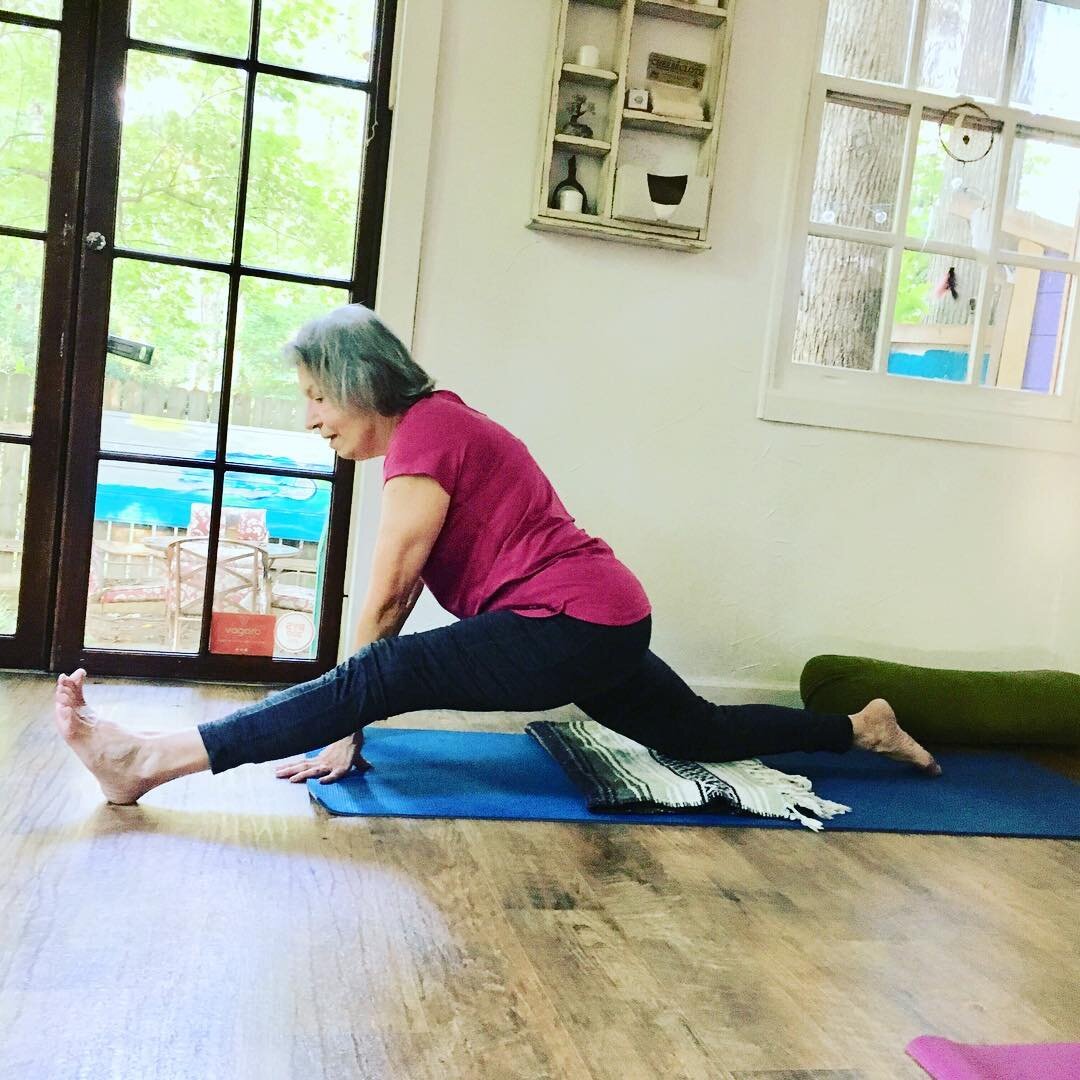5 Tips to Help You Incorporate Fitness for a Balanced Self-Care by Sheila Olson
5 Tips to Help You Incorporate Fitness for a Balanced Self-Care Routine by Sheila Olson
 Exercising goes a long way in preventing diseases. It improves your mood, promotes optimal functioning of your cardiovascular and respiratory systems, and helps to relieve stress, among other benefits. Therefore, it is important to incorporate a fitness routine into your lifestyle as part of your self-care regimen.Here are five tips to help you balance self-care with fitness.1. Choose Exercises You Truly EnjoyWhen you do exercises you enjoy, you are more likely to stick with them. At the beginning, you may not be able to tell which exercise is a favorite, so try different types including swimming, jogging, yoga, boxing, strength training, and dancing.Depending on your schedule, budget, and preference, you may choose to exercise from a gym or set up a home gym. When you begin setting up a home gym, buy simple exercise equipment such as an exercise mat, a kettlebell, dumbbells, a jump rope, and resistance bands. As you become more accustomed to exercising, you can add more specialized equipment.2. Finding Time To Exercise In Your Busy ScheduleIf you already have a busy schedule, it’s important to remember that hour-long workouts aren’t a requirement. Instead, try to carve out 15 minutes to jumpstart a fitness regimen and then gradually increase your sessions over time. You could also do 15 to 30 minutes in the morning and another 15 to 30 minutes in the evening. You can find other great ways to fit exercise into an overscheduled day here.3. Be Deliberate About Moving More Every DayPark your car a few blocks away from the office and walk. Take the stairs instead of the elevator. Schedule time for short breaks to stretch and catch a breath between work, which is great for your body and keeps your brain alert and focused. There are even numerous chair exercises you can do from your desk to improve blood circulation. Research has shown that pacing while thinking improves creativity and ideation.4. Dealing With The Challenge Of Muscle SorenessIt is normal to develop post-workout soreness, normally referred to as delayed onset muscle soreness (DOMS), within 24 to 48 hours of a workout session. DOMS is the result of putting more stress on the muscles than usual, as well as a result of lactic acid accumulation. While you may not completely eliminate DOMS, there are measures you can take to reduce its intensity.Do not overdo it, as this puts you at risk for injuries. Get enough rest to help your body recover, and aim for at least seven hours of sleep. Warm up and cool down adequately before and after exercise. Foam rolling helps to improve blood circulation and ease muscle tension. Exercising frequently builds muscle strength and gets your body used to the exercise-induced stress, therefore reducing post-workout muscle soreness. Hydrate during and after exercise. Eat foods rich in magnesium and potassium as they support muscle growth and recovery.5. Incorporate Fitness-Related Self-Care PracticesSome people believe effective exercising requires pushing the body beyond its limits. While part of the thrill of exercising is being able to do something challenging or learning a new technique, self-care requires that you do it within safe limits. Listen to your body. On days when you are feeling a little drained, opt for lower intensity exercises like yoga or meditation. With a few simple modifications, you can turn your home gym into a relaxing meditation space. As an added bonus, the breathing techniques you learn by meditating will help supply adequate amounts of oxygen to the muscles during your workout.And don’t forget to take the occasional rest day. Every so often, get a massage to help the muscles release accumulated tension. Eat nutrient-dense foods to supply the body with energy and vital nutrients for recovery.For fitness to work as an effective self-care tool, exercise regularly and consistently. Aim for a minimum of three sessions per week. Try out different exercises and time frames until you can find what works well for your lifestyle.
Exercising goes a long way in preventing diseases. It improves your mood, promotes optimal functioning of your cardiovascular and respiratory systems, and helps to relieve stress, among other benefits. Therefore, it is important to incorporate a fitness routine into your lifestyle as part of your self-care regimen.Here are five tips to help you balance self-care with fitness.1. Choose Exercises You Truly EnjoyWhen you do exercises you enjoy, you are more likely to stick with them. At the beginning, you may not be able to tell which exercise is a favorite, so try different types including swimming, jogging, yoga, boxing, strength training, and dancing.Depending on your schedule, budget, and preference, you may choose to exercise from a gym or set up a home gym. When you begin setting up a home gym, buy simple exercise equipment such as an exercise mat, a kettlebell, dumbbells, a jump rope, and resistance bands. As you become more accustomed to exercising, you can add more specialized equipment.2. Finding Time To Exercise In Your Busy ScheduleIf you already have a busy schedule, it’s important to remember that hour-long workouts aren’t a requirement. Instead, try to carve out 15 minutes to jumpstart a fitness regimen and then gradually increase your sessions over time. You could also do 15 to 30 minutes in the morning and another 15 to 30 minutes in the evening. You can find other great ways to fit exercise into an overscheduled day here.3. Be Deliberate About Moving More Every DayPark your car a few blocks away from the office and walk. Take the stairs instead of the elevator. Schedule time for short breaks to stretch and catch a breath between work, which is great for your body and keeps your brain alert and focused. There are even numerous chair exercises you can do from your desk to improve blood circulation. Research has shown that pacing while thinking improves creativity and ideation.4. Dealing With The Challenge Of Muscle SorenessIt is normal to develop post-workout soreness, normally referred to as delayed onset muscle soreness (DOMS), within 24 to 48 hours of a workout session. DOMS is the result of putting more stress on the muscles than usual, as well as a result of lactic acid accumulation. While you may not completely eliminate DOMS, there are measures you can take to reduce its intensity.Do not overdo it, as this puts you at risk for injuries. Get enough rest to help your body recover, and aim for at least seven hours of sleep. Warm up and cool down adequately before and after exercise. Foam rolling helps to improve blood circulation and ease muscle tension. Exercising frequently builds muscle strength and gets your body used to the exercise-induced stress, therefore reducing post-workout muscle soreness. Hydrate during and after exercise. Eat foods rich in magnesium and potassium as they support muscle growth and recovery.5. Incorporate Fitness-Related Self-Care PracticesSome people believe effective exercising requires pushing the body beyond its limits. While part of the thrill of exercising is being able to do something challenging or learning a new technique, self-care requires that you do it within safe limits. Listen to your body. On days when you are feeling a little drained, opt for lower intensity exercises like yoga or meditation. With a few simple modifications, you can turn your home gym into a relaxing meditation space. As an added bonus, the breathing techniques you learn by meditating will help supply adequate amounts of oxygen to the muscles during your workout.And don’t forget to take the occasional rest day. Every so often, get a massage to help the muscles release accumulated tension. Eat nutrient-dense foods to supply the body with energy and vital nutrients for recovery.For fitness to work as an effective self-care tool, exercise regularly and consistently. Aim for a minimum of three sessions per week. Try out different exercises and time frames until you can find what works well for your lifestyle.
